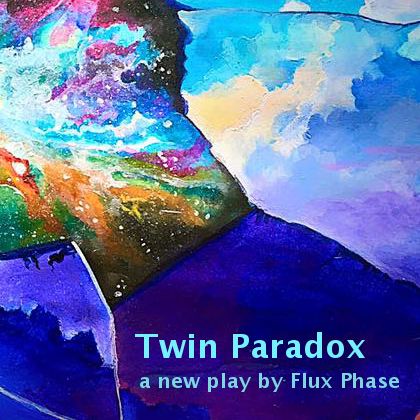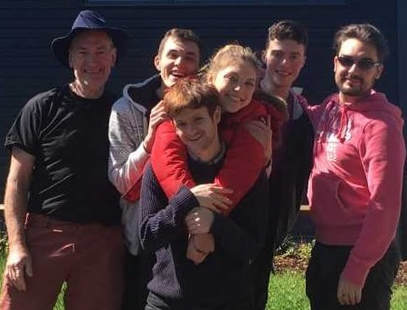Thais RussomanoInnovaSpace Founder, CEO & Scientific Director The importance of STEM (Science, Technology, Engineering, and Maths) education has long been talked about, with education policy and curriculum choices targeting these areas to improve competitiveness in science and technology development, and to try and address the shortage of skills in the workforce. While these subjects are extremely relevant in today's world, they do not underpin the innovative process in isolation, often requiring a streak of creativity and imagination to set an idea free. History demonstrates well the productive link between the STEM areas and Art, with Leonardo da Vinci being a classic example - both a great scientist and astounding artist. The practice of art in its numerous senses, such as, language, physical art, music and design, among many others, can provide imaginative opportunities for communication and expression and inspire the young to be creative with their ideas. Blending art into the STEM areas can also provide a conduit by which to attract the interest of those who might not normally consider the sciences. Although a scientist and doctor myself, I have always been drawn to the arts and am equally as happy writing an article on space physiology as I am writing a romance novel. So when I was contacted by a gentleman from a theatre group wanting to know if I could share a little space knowledge with them, I was delighted to say yes!  The FLUX Phase theatre group brings together a diverse group of actors in training, currently completing an MA in Acting at the E15 Acting School in Loughton, Essex. Their latest production is based on Einstein's Theory of Special Relativity, which states that as you travel close to the speed of light, time passes more slowly. So imagine if one identical twin makes a journey into space on a near light-speed spaceship, leaving the other twin at home on Earth, and then returns from 30 years space travel. Will the twin who stayed home have aged more? Will one look much older than the other? This is the Twin Paradox!  Flux Phase Theatre group Flux Phase Theatre group I had the great pleasure of virtually meeting with this group of actors to discuss the effects that microgravity has on the human body during a space mission - of which there are many! We chatted about bones, muscles, heart, lungs and the brain, and how these all react to being in an environment where there is no gravity, and in turn, they asked many interesting questions related to body movement and human behaviour in space - an interesting two-way process of bringing together science and art. The clip below of a rehearsal session is just a taste of this very interesting and creative production, which can be seen at The Albany in Gt Portland Street, London, as part of The Camden Fringe on the 4th & 5th August 2018. Well worth a visit, and anyone turning up in a spacesuit or an Albert Einstein mask can enter for free!! "The difference between science and the arts is not that they are different sides of the same coin ... or even different parts of the same continuum, but rather, they are manifestations of the same thing. The arts and sciences are avatars of human creativity." Mae Jemison, 1st African American woman in space
William Kerney
30/7/2018 04:38:01 pm
I’m developing a sports science charter school using 3D markerless motion capture to advance how we can support STEM and student achievement in academics and sports. Comments are closed.
|
Welcometo the InnovaSpace Knowledge Station Categories
All
|
UK Office: 88 Tideslea Path, London, SE280LZ
Privacy Policy I Terms & Conditions
© 2024 InnovaSpace, All Rights Reserved
 RSS Feed
RSS Feed